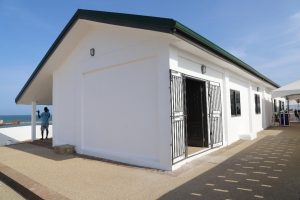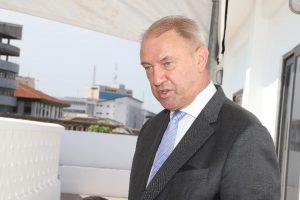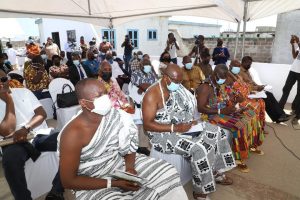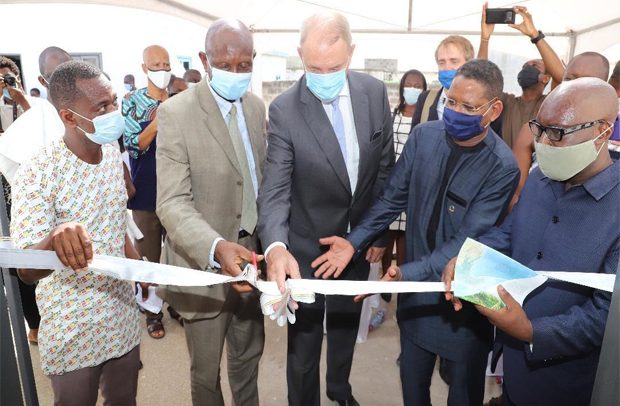The renovated Ussher Fort Slavery Museum has been inaugurated in Accra with a call on partners to step up efforts to complete rehabilitation of Forts and Castles in Ghana’s coastal regions.
The rehabilitated works was funded by Netherlands through the Netherlands Fund-in-Trust (NFiT) and UNESCO.

The museum was first established and opened, with help from UNESCO in 2007 but temporarily closed since 2014 due to infrastructural problems.
The Netherlands Ambassador to Ghana, Ron Striker, said the aim was to complete rehabilitation of Forts and Castles in the Volta, Greater Accra, Central and Western Regions as planned in the World Heritage Programme.
He said the driver to the realisation of that should be a strong Ghanaian ownership and urged the Ghana Museums and Monuments Board (GMMB) to take the lead, assisted by UNESCO with the help of all countries concerned, including the Netherlands.
The Ambassador expressed gratitude to UNESCO, the Government of Ghana, the GMMB under the auspices of the Ministry of Tourism, and all the partners who contributed to achieving the goals of the rehabilitation works.

Acting Director, GMMB, Ivor Agyemang Duah, said: “The Ussher Fort is the very heart of Ga Mashie and we have discussed preparation towards the new management plan of the Fort with sections of the community that include our intellectual chief priest and advocates as such.”
He announced that the GMMB had lined up curatorial activities and would do same with Ussher Fort with the new openings and expressed gratitude to the donors and partners for the continuous support.

Head of UNESCO Office in Accra, Diallo Abdourahamane, also expressed gratitude to all partners in the realisation of the project.
He said despite the restriction of the COVID-19 pandemic, they were able to inaugurate the museum and pledged UNESCO’s continued support towards sustaining the African cultural heritage.
Chief Director of Ministry of Tourism, John Yao Agbeko, in a statement read for the Minister, said concerns had been raised about the National Gallery, which was closed down for renovation close to five years now.
“I am happy to announce that 80 per cent of work has been done ….and very soon work will be completed and the Gallery will be opened to the public”.
He, therefore, commended the Dutch Embassy through UNESCO for their continuous support.

The UNESCO/NFiT cooperation to support World Heritage was established in 2001 by the Netherlands Ministry of Education, Culture and Sciences.
It has contributed to the ongoing preparation of a management plan for the Forts and Castles of Ghana, which is funded by the International Assistance under the World Heritage Fund.
The Ussher Fort, formally called Fort Crevecoeur, was built in 1649. It started as a trade post in the 17th century but became a slave dungeon later, used by the West Indian Company.
It remained Dutch until 1868 when it was handed over to the British as part of the Anglo Gold Coast Treaty of 1867.
It was once a Police Post and a Prison. It has also served as a refugee camp for Liberian and South Sudanese refugees.
Today, it is a component of the serial World Heritage property, “Forts and Castles Volta, Greater Accra, Central and Western Regions” inscribe on UNESCO’s World Heritage List in 1979.
It is also on the Mutual Heritage List established by the GMMB and the Netherlands Department of Conservation.
GNA

